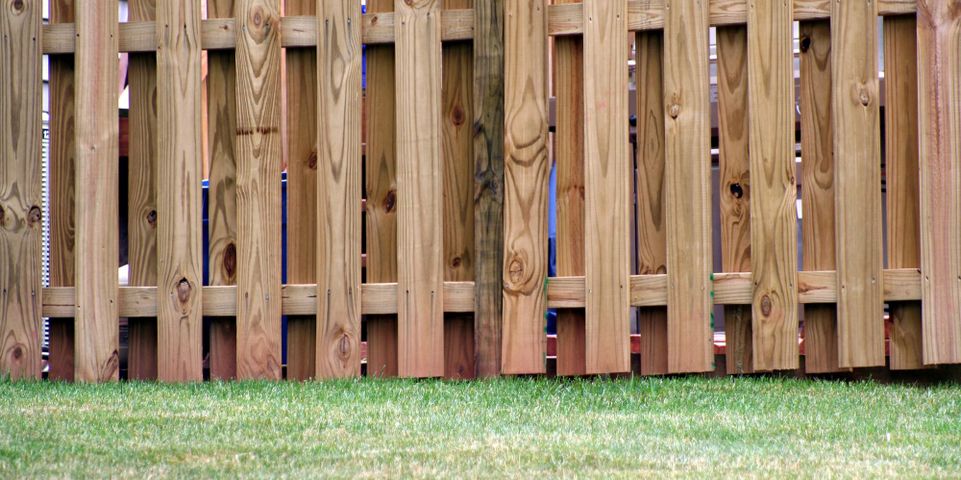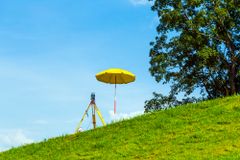
For most property owners, fence installation is a relatively straightforward process, even if it requires the help of a contractor to achieve completion. But if the ground where the fence will be installed is sloped or hilly, you need to take a few extra steps to prepare. Here’s a guide on which factors to look at to ensure the job is done right.
3 Necessary Factors in a Sloped Fence Installation
1. Incline Grade
 You need to measure how steep an area you’ll be working with before building. The hill’s incline grade will affect everything from stake placement to the way equipment is angled and positioned during the work. Professional contractors will manually check the slope to get a precise measurement before starting work.
You need to measure how steep an area you’ll be working with before building. The hill’s incline grade will affect everything from stake placement to the way equipment is angled and positioned during the work. Professional contractors will manually check the slope to get a precise measurement before starting work.
2. Drainage
Drainage can be a problem for hillside fence installation. Depending on the slope and surrounding plant life, erosion could wash away soil underneath the fence or deteriorate its concrete foundations. A contractor will help you mitigate any potential drainage issues and build a sturdy foundation, so your fence will stand the test of time.
3. Filling Gaps
Depending on the type of materials you use, a panel fence can create a stepped appearance that leaves small gaps at the bottom of each fence panel. This is hardly ideal when your fence is supposed to keep pets or children in the yard. A contractor can address these issues by leveling the soil or suggesting other backyard installations to cover the gap. Depending on the slope, you may be better off using individual pickets instead of larger panels.
When you’re ready to undertake fence installation, whether on a hill or flat ground, bring in the contractors from David’s Fencing in Waipahu, HI. Serving Oahu for over 35 years, they provide quality fencing materials and installation for residential and commercial properties alike. Learn more about their materials and services online, and call (808) 677-8060 today to receive a free estimate.
About the Business
Have a question? Ask the experts!
Send your question

